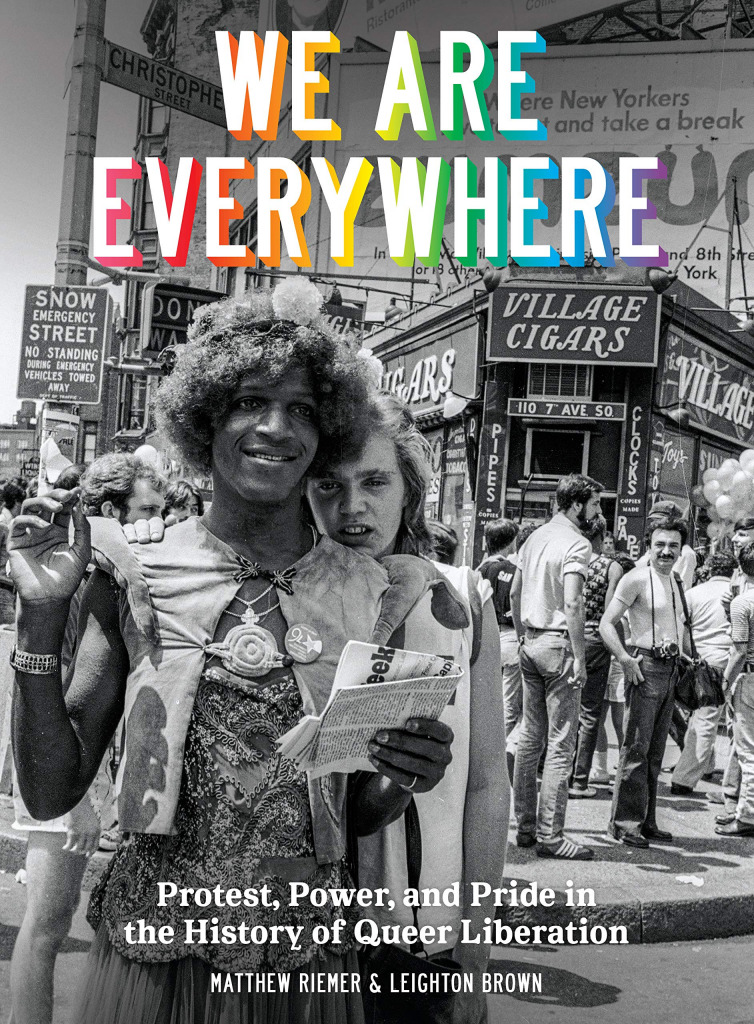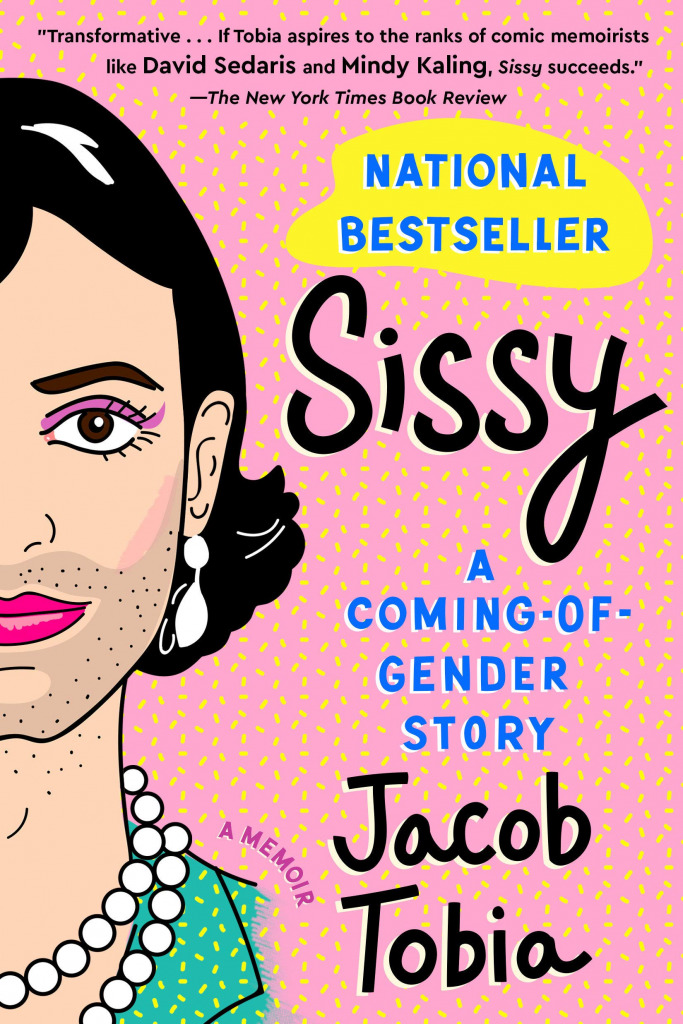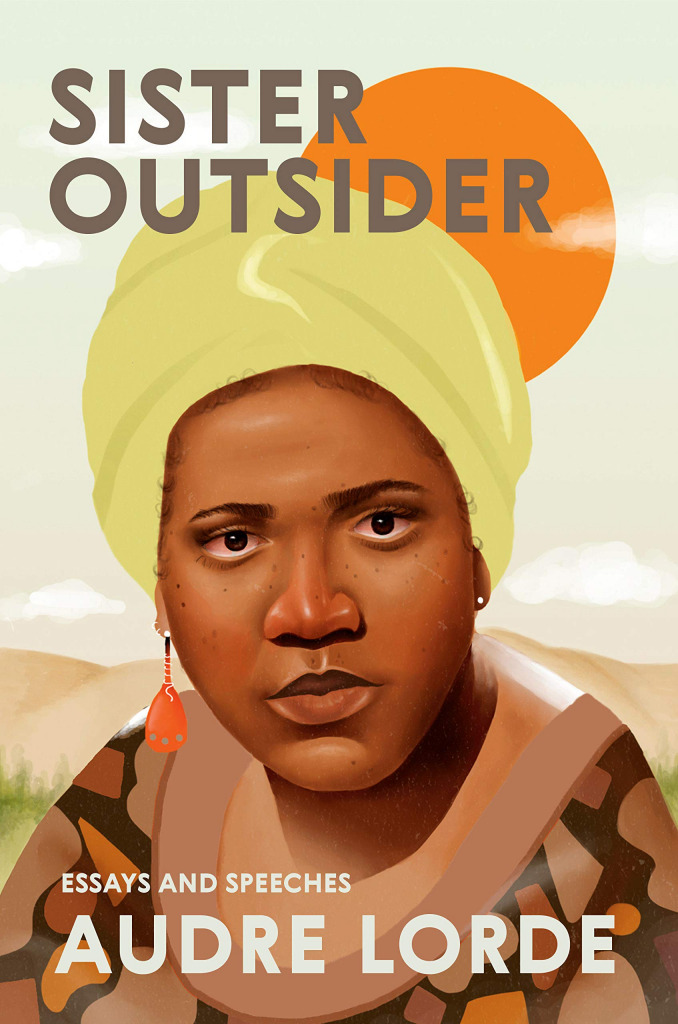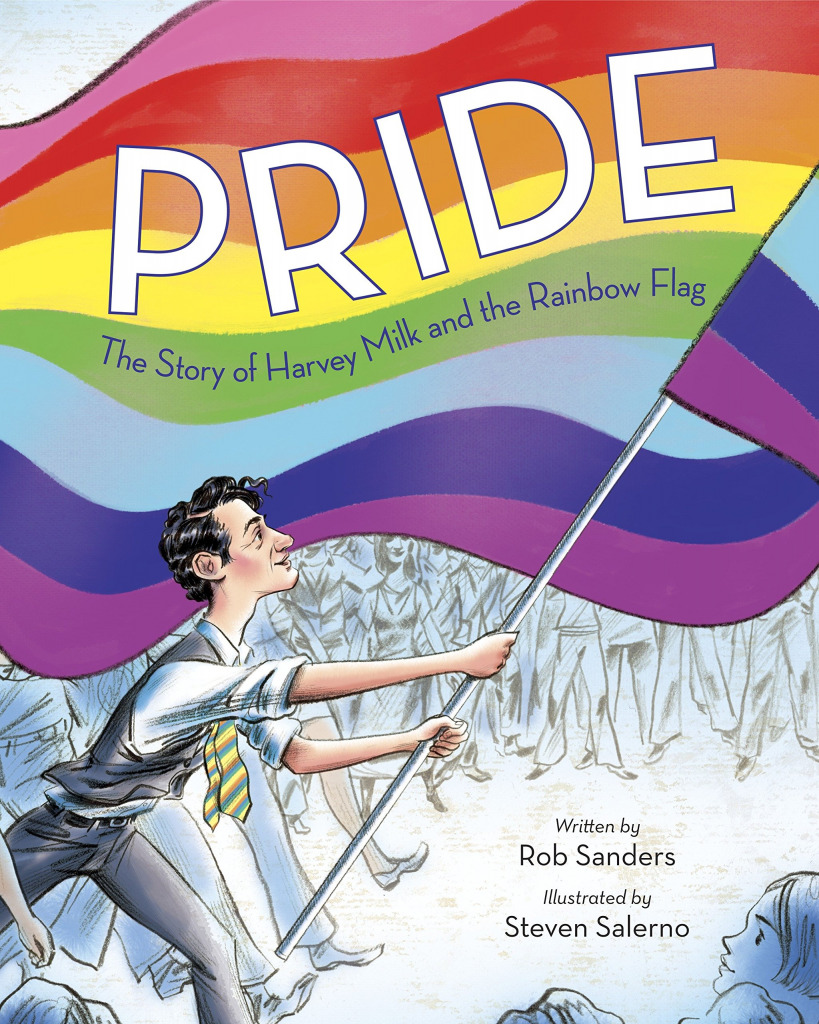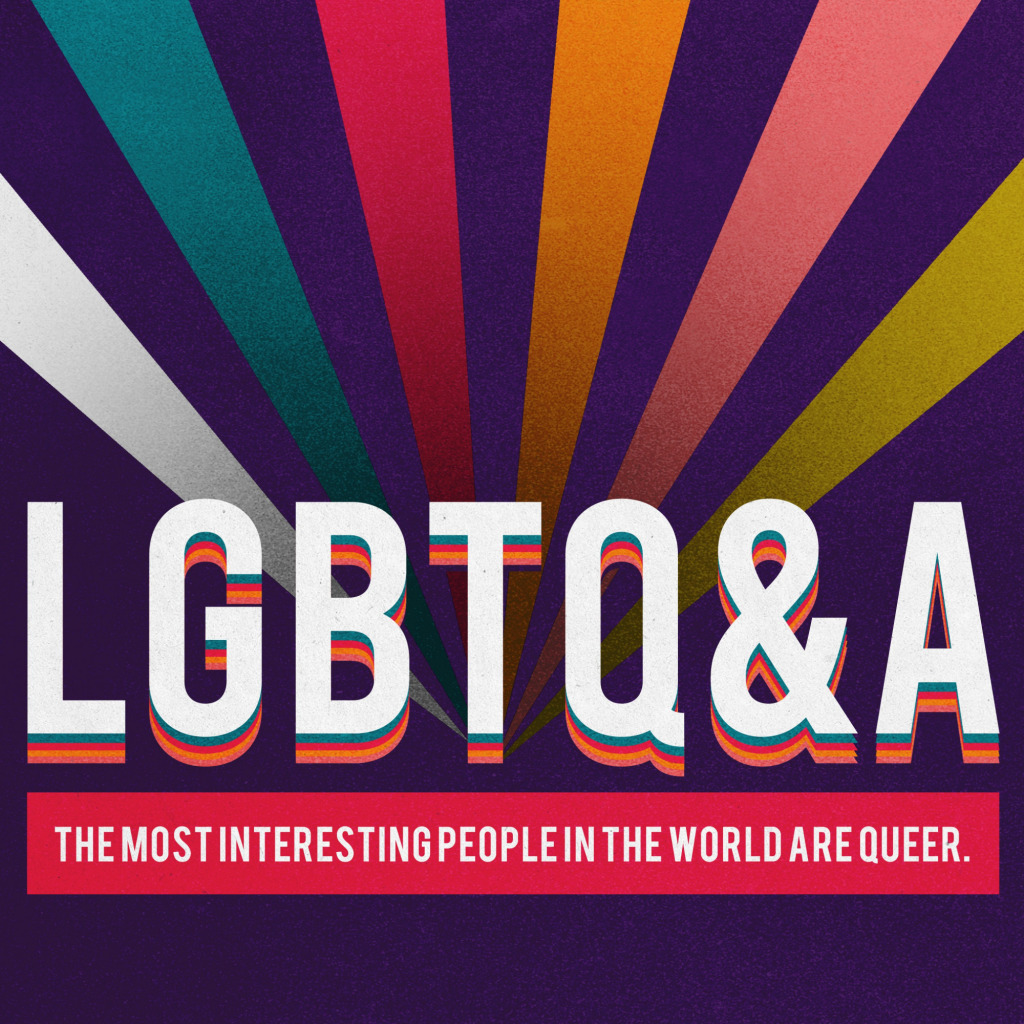Millions of Americans identify as LGBTQ+, and as with any group, they have their own language and definitions we should all be aware of. While identity labels mean different things to different people, it’s important to understand LGBTQ+ terminology in order to be an awesome ally.
For starters, LGBTQ+ is an acronym used for “lesbian, gay, bisexual, transgender, queer.” For some people still exploring their sexuality and gender identity, the Q can stand for “questioning.”
Here is a list of LGBTQ+ terms and what they mean.

Asexual or Ace: People who typically aren’t sexually attracted to any gender.
Agender: People who identify as not having a gender. Other terms include gender-neutral or genderless.
Androgynous: Being gender fluid and having a gender that is both masculine and feminine, although not always in equal amounts.
Aromantic: Not experiencing any romantic attraction to any gender.
Binding: Flattening one’s breasts to appear more masculine.
Bottom Surgery: Referring to gender-affirming surgery of the genitals.
Bisexual or Bi: People who are sexually, romantically, and/or emotionally attracted to individuals of more than one gender.
Cis: People who identify as the gender assigned to them at birth.
Closeted: An LGBTQ+ person who is not comfortable telling others about their sexual orientation or gender identity.
Demigender: People who partially connect to a gender. Examples include demiboy and demigirl.
Demiromantic: Not feeling romantically attracted to someone until forming a strong emotional bond with them.
Demisexual: Not feeling sexually attracted to another person until after forming a strong emotional connection with them.
Heteroflexible: Primarily heterosexual/straight people who sometimes engage in same-sex sexual activities.
Gender Binary: The social system that only recognizes two genders: men and women.
Gender Fluid: Gender identity changing over time. These individuals can identify as a woman, man, agender, or any other non-binary association.
Genderqueer: People who identify as a third gender that is neither male nor female, or as both male and female, or somewhere in between.
Gray A’s or Gray Asexuals: People who experience sexual attraction infrequently. They see their sexuality as not “black or white.”
Heterosexism: The assumption that heterosexual people are superior to LGBTQ+ sexual identities.
Intersex: An umbrella term used to encompass people who are born with sexual anatomy that does not fit a binary body.
Non-Binary: People who do not identify as a traditional masculine or feminine gender. They can also call themselves agender, bigender, genderqueer, or gender fluid.
Pangender: People who have numerous gender identities and gender expressions. These can be fixed (many at one time) or fluid (moving from one to another).
Pansexual: Being attracted to someone regardless of their biological sex or gender identity.
Outing: Publically exposing an individual’s gender identity or sexual orientation when they have personally chosen to keep it private.
Queer: Used to refer to all LGBTQ+ people.
Sapiosexual: People who are attracted to others based on intelligence.
Top Surgery: Gender affirming surgery done on the chest.
Trans or Transgender: People who do not identify with the gender assigned to them at birth.
More Resources:
Need more info? Check out the resources below to learn more about the LGBTQ+ community.
Books:
Podcasts:

We hope this article was informative! Are there any other LGBTQ+ terms we should know about? Let us know in the comments!
For More Helpful Info You Should Know, Take A Look At:
Gender Pronouns Aren’t New, But They’re Suddenly Important. Here’s What To Know
New York Proposes A Bill To Decriminalize Sex Work — Here’s Why It’s Significant

